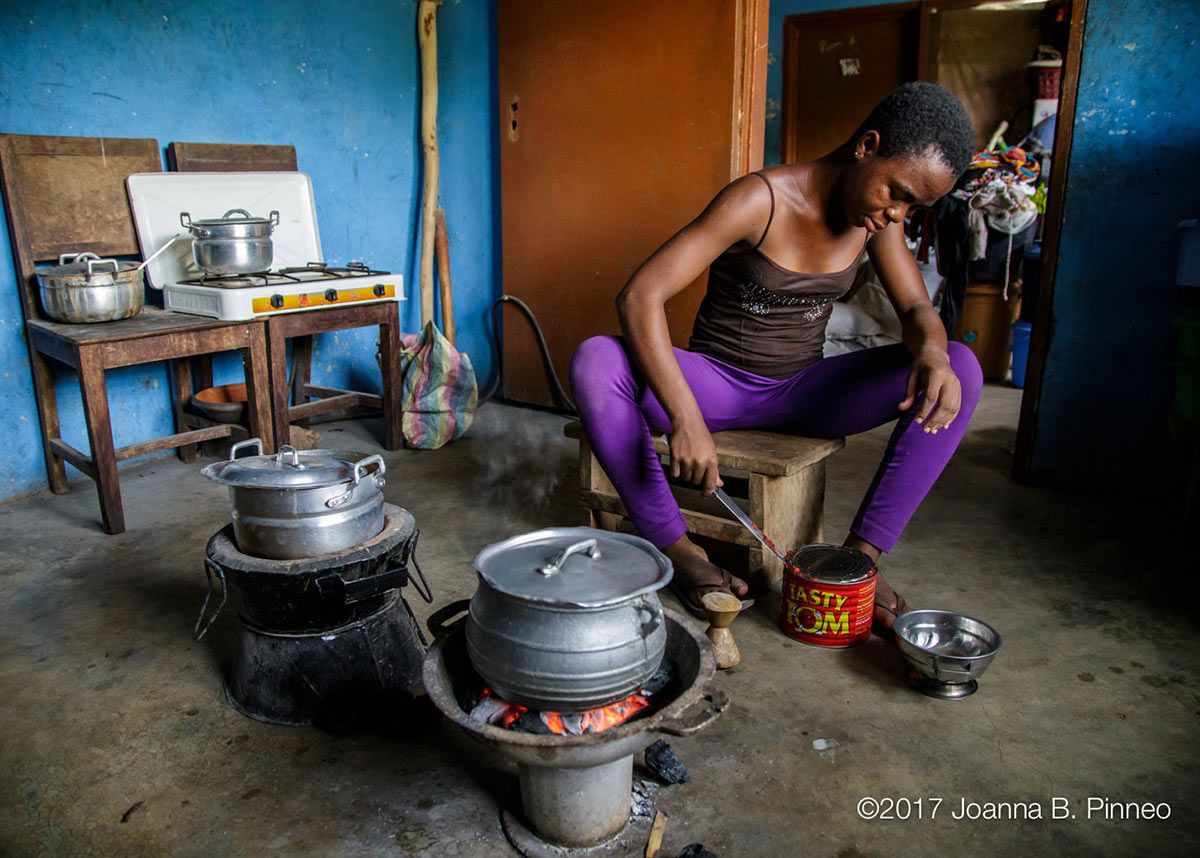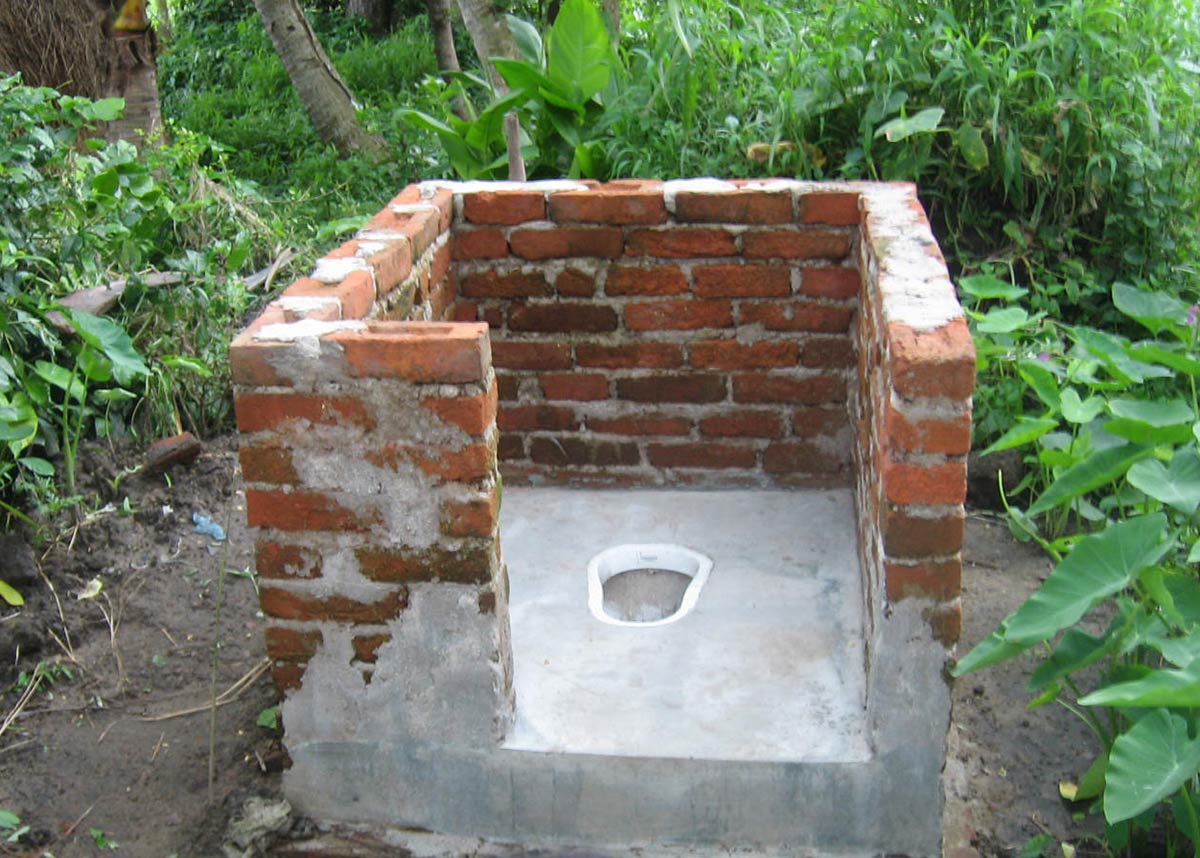Impact Evaluation Methods
Household air pollution and cookstoves in Ghana

Photo credit: Joanna Pinneo
Worldwide, about 2.6 billion people cook using wood and other biomass fuels, perpetuating inequities in access to clean indoor air and health disparities. The aim of this research is to understand barriers and opportunities to addressing these inequities through expanded access to cleaner cooking technologies. A series of studies in Northern Ghana, conducted in collaboration with the Navrongo Health Research Center, non-governmental organizations, and local entrepreneurs, looked at factors influencing stove adoption decisions and impacts of interventions on behaviors, exposures, and health outcomes.
Sanitation impact evaluation in India

This research included one of the first evaluations of a randomized sanitation promotion campaign in Orissa, India. The project documented the impact of the campaign on child growth outcomes, showing that peer effects are key drivers of latrine use decisions.
Water service delivery evaluation in Kenya

Working as a consultant, Dr. Dickinson led an evaluation of a U.S. Agency for International Development (USAID) project in Kenya that aimed to improve water service delivery. Dr. Dickinson and her team used sensors to measure when boreholes were functioning or broken and investments in management systems.


